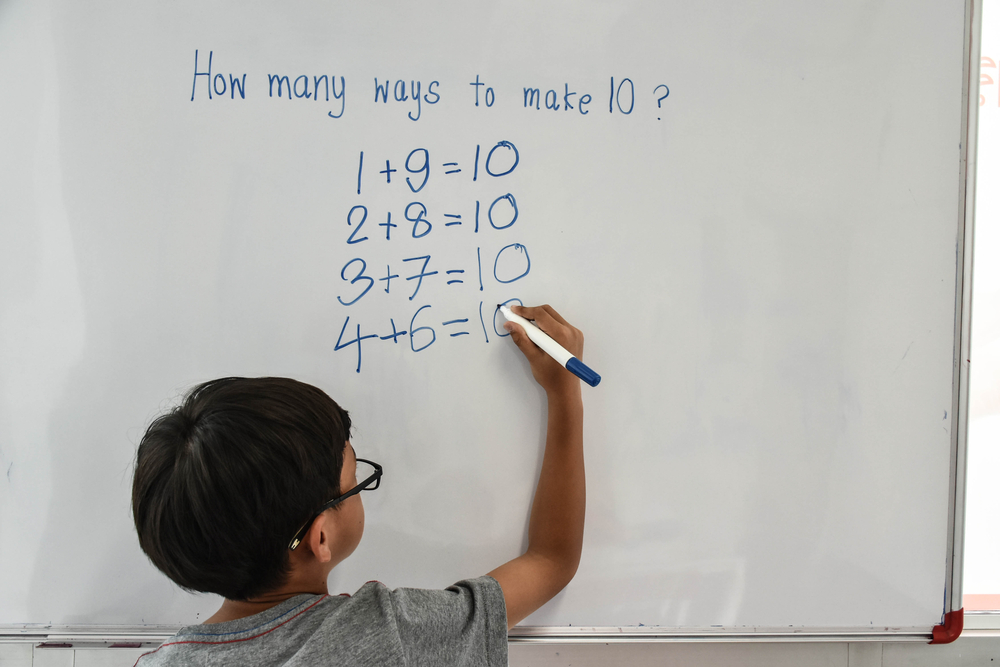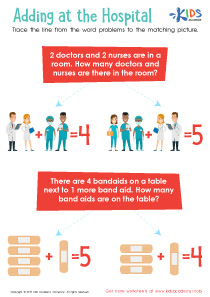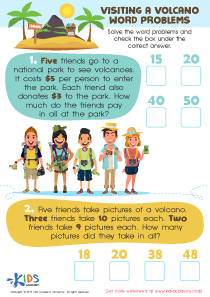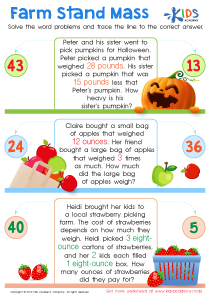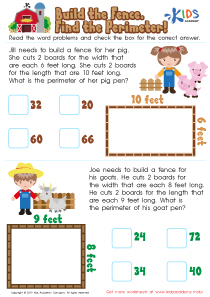Normal Money Word Problems Worksheets for Ages 4-6
1 filtered results
-
From - To
Introduce your young learners to the basics of money management with our Normal Money Word Problems worksheets! Designed specifically for children aged 4-6 years, these educational printables offer a fun and engaging way to explore basic money concepts. Through a variety of simple, age-appropriate problems, children will learn to recognize coins, understand their values, and begin basic addition and subtraction with money. Perfect for both classroom use and home practice, our worksheets help build a strong foundation in financial literacy from an early age. Equip your child with the skills they need for a smart financial future!
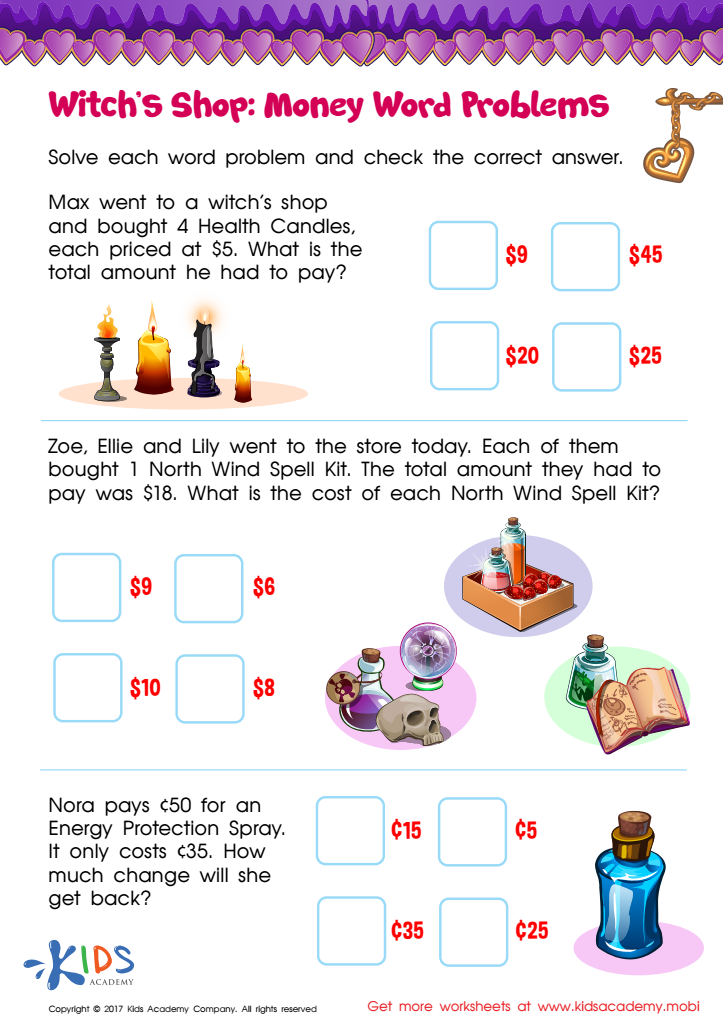

Money Word Problems Printable
The Importance of Educational Online Worksheets on Money Word Problems for Young Children
In the foundational years of childhood education, particularly for children aged 4 to 6, developing a robust understanding of basic concepts such as money is crucial. Money word problems, when integrated into learning through educational online worksheets, offer a unique blend of cognitive challenges that are both engaging and instructive. These worksheets are not just sheets of paper; they are carefully designed educational tools that help young learners grasp the essential life skill of money management through practical problem-solving scenarios.
Firstly, educational online worksheets on money word problems enhance numerical literacy. At ages 4 to 6, children are just beginning to understand numbers and simple arithmetic like addition and subtraction. Money word problems tailored to their level incorporate these skills in a context they see adults engaging with every day – money. By using real-world examples such as buying toys or counting coins, these worksheets make abstract concepts tangible.
Moreover, these worksheets promote critical thinking and reasoning. Money involves not just counting but understanding value, making decisions, and planning. When children work through problems such as determining if they have enough money to buy certain items or figuring out how much change they should receive, they are not just practicing math. They are learning to think critically and solve problems, skills that are essential for academic and real-life success.
Another significant advantage of educational online worksheets is their accessibility and adaptability. Digital platforms provide an interactive experience that can keep young learners engaged longer. These platforms often include features like instant feedback and interactive elements such as drag-and-drop coins, which enhance learning through active participation. Furthermore, online worksheets can be easily updated or customized to suit the learning pace and preferences of each child, making them a versatile tool in early childhood education.
Educational online worksheets also encourage independent learning. While young children typically need guidance from adults, these worksheets are designed to be intuitive enough for children to work through them with minimal assistance. This fosters a sense of independence and confidence in young learners, as they learn to tackle problems on their own. This autonomy in learning helps cultivate lifelong skills in managing both educational tasks and personal finances.
In addition, integrating money word problems in educational online worksheets supports the development of financial literacy from a young age. Understanding money and its value is a crucial life skill, and early exposure through relevant and relatable problems can set the foundation for sound financial decisions in the future. Children learn through these worksheets that money is not just for spending but requires management and planning. To further support their development, educational online worksheets often incorporate colorful graphics and characters that relate to the children's own experiences and interests. For instance, a worksheet might include a scenario where a child needs to buy fruits from a store. The engaging visuals and context make the exercise more relatable and enjoyable, encouraging children to engage more deeply with the task.
Additionally, these tools are fantastic for promoting parental involvement in children's early education. Money word problems on online platforms can be accessed at home, allowing parents to join in on the learning process. This not only helps reinforce the skills learned but also provides valuable bonding time, while parents gain insights into their children's educational progress and needs.
The flexibility of online worksheets also means that they can be utilized in various settings – be it in classrooms, homeschooling environments, or during travel. This adaptability ensures that learning does not have to be confined to a specific place or time, making it easier to integrate educational activities into daily routines, regardless of a family's lifestyle.
Finally, as the digital world continues to evolve, introducing young children to educational technology through online worksheets helps them become adept at using digital tools. This early familiarity with technology is beneficial in a world where digital literacy is as crucial as reading and writing.
In conclusion, educational online worksheets on money word problems are an excellent resource for teaching important mathematical and life skills to young children. They make learning engaging and relevant, offer opportunities for critical thinking and independent learning, and help establish a foundation for financial literacy. These interactive tools not only support the educational framework needed for young learners but also adapt seamlessly into the digital age, making learning both effective and fun. Through these structured yet flexible educational experiences, children ages 4 to 6 are well-prepared to navigate the complexities of both the classroom and the real world.

 Assign to the classroom
Assign to the classroom
